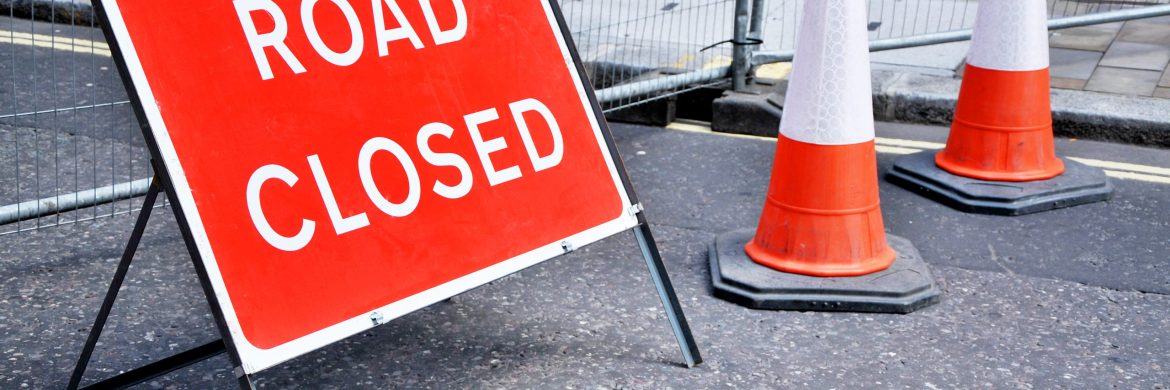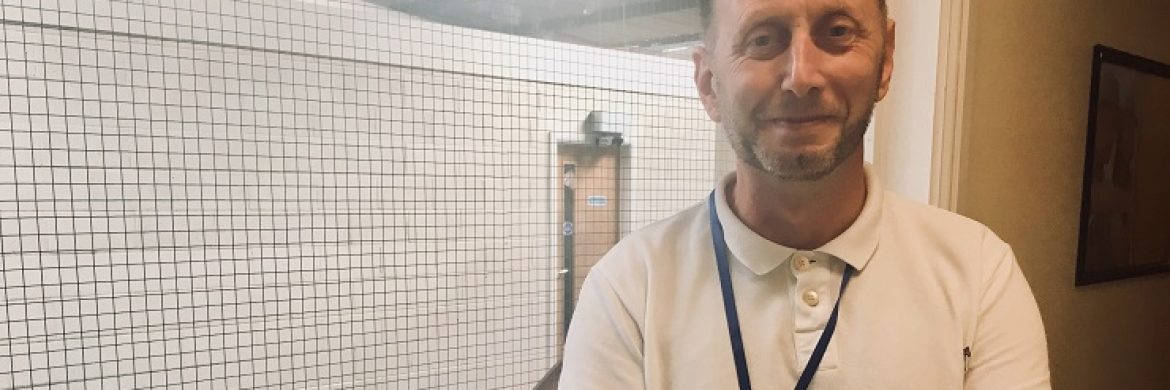How does F-Gas Regulation 517/2014 affect your business
15 November 2023 Blogs
To address the pressing concerns surrounding F-Gases, the European Union introduced the F-Gas Regulation 517/2014, which mandates a substantial 79% reduction in the use of HFCs between 2015 and 2030. With 2030 edging ever closer, this ambitious goal is on-track to be achieved through a phasedown approach, reducing the amount of HFCs available in the market and imposing stricter requirements for leak testing.
However, many businesses are still left wondering, what does it mean for me?
How does F-Gas Regulation 517/2014 affect my business?
If you manufacture, supply, use, install or service equipment containing F gases you must comply with legislation.
Here’s how these regulations affect your business:
1. Mandatory training requirements under F-Gas Regulation 517/2014
One of the most crucial aspects of the F-Gas Regulation is the requirement for all personnel and companies involved in handling, recovering, supplying, installing, manufacturing, maintaining, servicing, or owning equipment containing HFC refrigerants to be F-Gas certified. This means that all your employees who work with F-Gases must undergo specific training and obtain the necessary certifications. Without certified personnel, your business may not be in compliance with the law.
2. Impact on Day-to-Day Operations
If your business involves the use of equipment that contains F-Gases, such as refrigeration systems, air conditioning units, or fire protection systems, the regulations will affect your daily operations. You will need to ensure that trained and certified technicians handle tasks like installation, testing for leaks, general maintenance, and disposal or decommissioning. This could lead to changes in your workflow, staff training, and operational procedures.
3. Reporting and Record-Keeping for Businesses Using F-Gases
The F-Gas Regulation requires businesses to maintain detailed records of F-Gas use, including production, import, and export data within the EU. Compliance with these reporting requirements is essential to avoid potential fines and legal repercussions. It also means you need efficient systems in place for data collection and documentation.
4. Product Labelling for Items Containing Fluorinated Gases
Depending on the nature of your business and the products you deal with, you might be required to label certain products and equipment that contain F-Gases in accordance with the regulations. This ensures transparency and traceability in the supply chain.
5. Impact on Costs
Achieving compliance with F-Gas regulations may entail investing in employee training, equipment upgrades, and record-keeping systems. While these initial investments may increase operational costs, the long-term benefits include reduced emissions, environmental responsibility, and compliance with the law.
6. Environmental Responsibility
The primary goal of F-Gas regulations is to reduce and contain emissions of these potent greenhouse gases. By complying with these regulations, your business contributes to global efforts to combat climate change and minimise the environmental impact of F-Gases.
7. Non-Compliance with F-Gas Regulations Can Affect Market Access
In some cases, non-compliance with F-Gas regulations can affect your ability to access certain markets or participate in government contracts. Being in line with these regulations can enhance your business’s reputation and open up opportunities for collaboration and expansion.
In conclusion
F-Gas regulations have a direct impact on your business by necessitating employee training and certification, changing operational procedures, requiring data reporting and record-keeping, and promoting environmental responsibility. To ensure compliance and minimise disruption, it’s essential to stay informed about these regulations, invest in training and certification for your staff, and adapt your business practices to align with the requirements set by the F-Gas Regulation.
Further information on the regulations can be found here: https://www.gov.uk/guidance/fluorinated-gases-f-gases
Get in touch
Contact us today on 0800 876 6708 or enquiries@developtraining.co.uk to discuss your individual training needs, to book a place on an F-Gas training course, or enquire about a bespoke course at a location of your choice.
Click here to view our F-Gas Category 1 (City & Guilds 2079-11) training course
About the Author



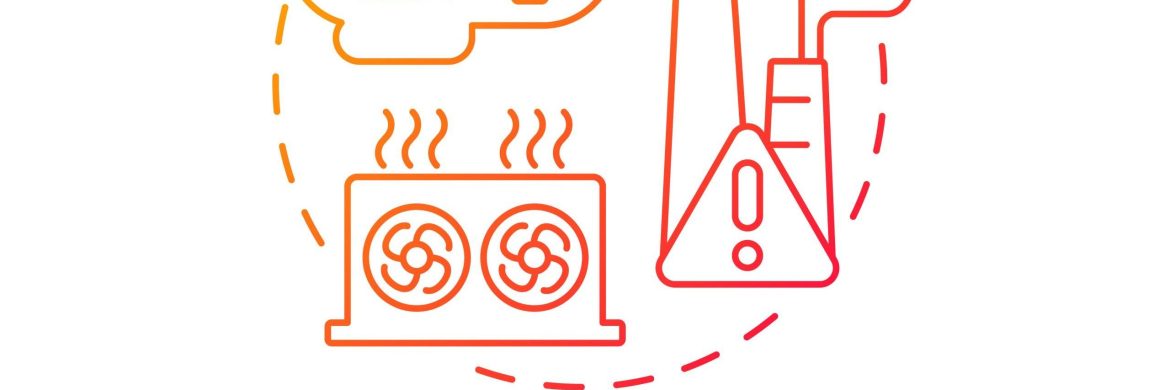
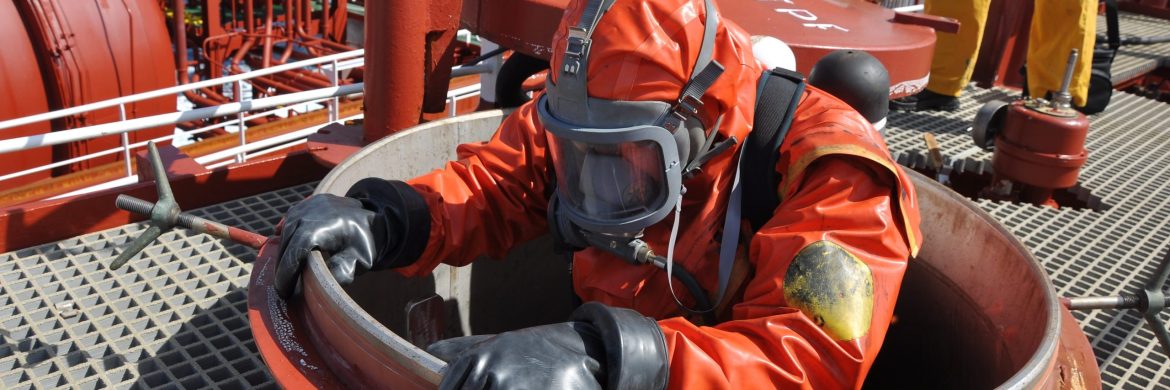





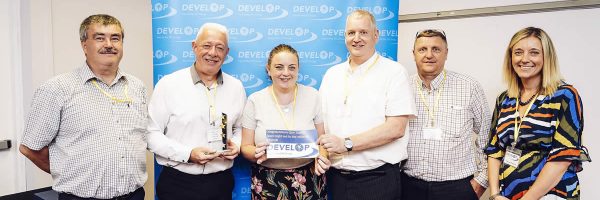



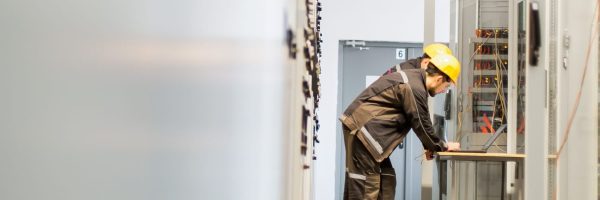
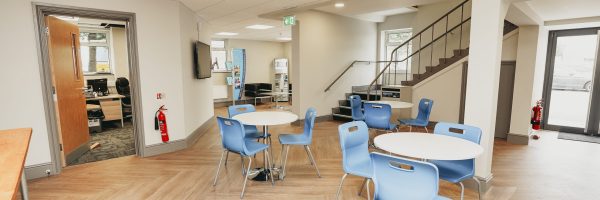



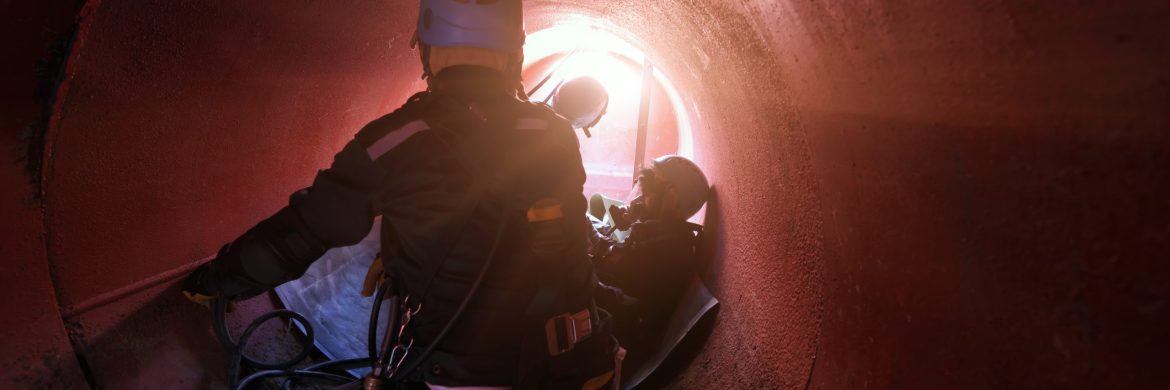
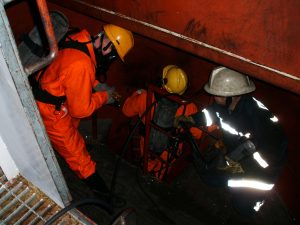 3. Communications
3. Communications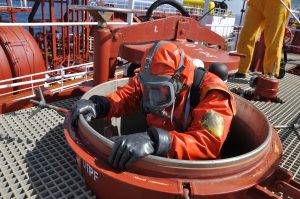 6. Ventilation whilst working in confined spaces
6. Ventilation whilst working in confined spaces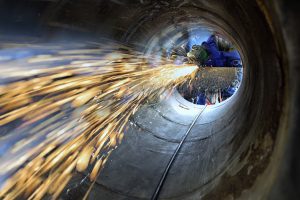 9. Isolation from mechanical and electrical equipment
9. Isolation from mechanical and electrical equipment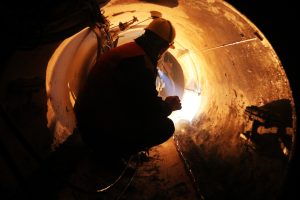
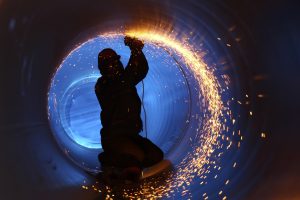 15. Fire prevention
15. Fire prevention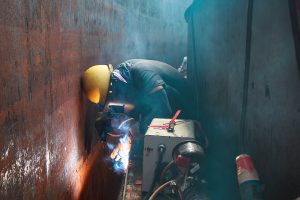 18. Generators, Compressors and Smoking
18. Generators, Compressors and Smoking


